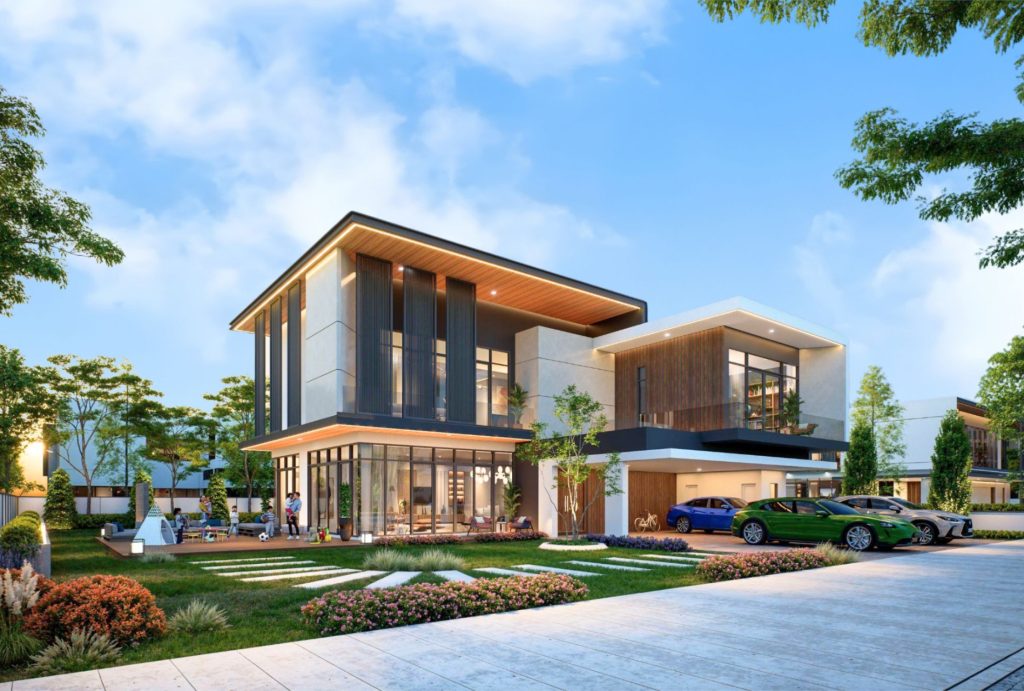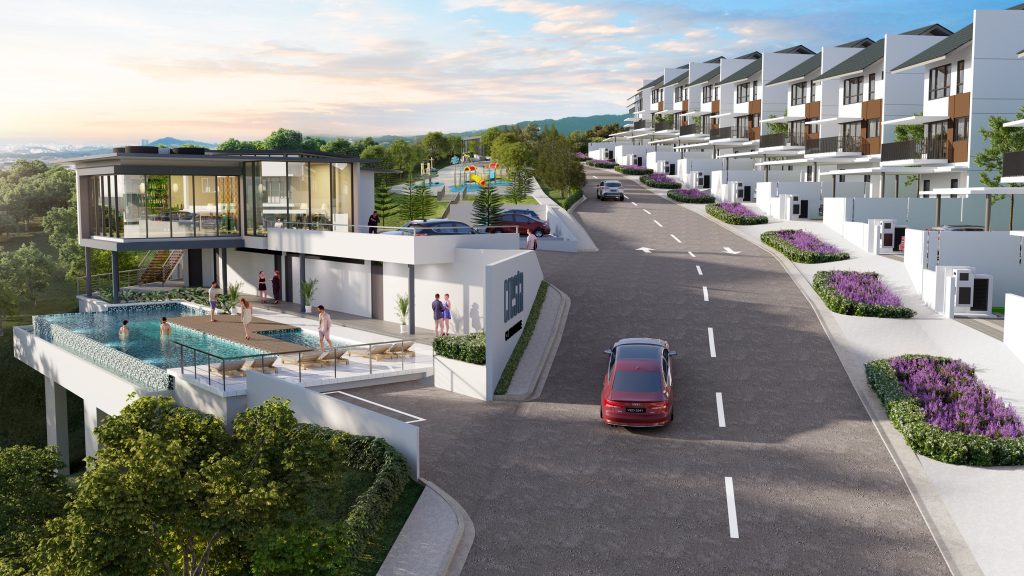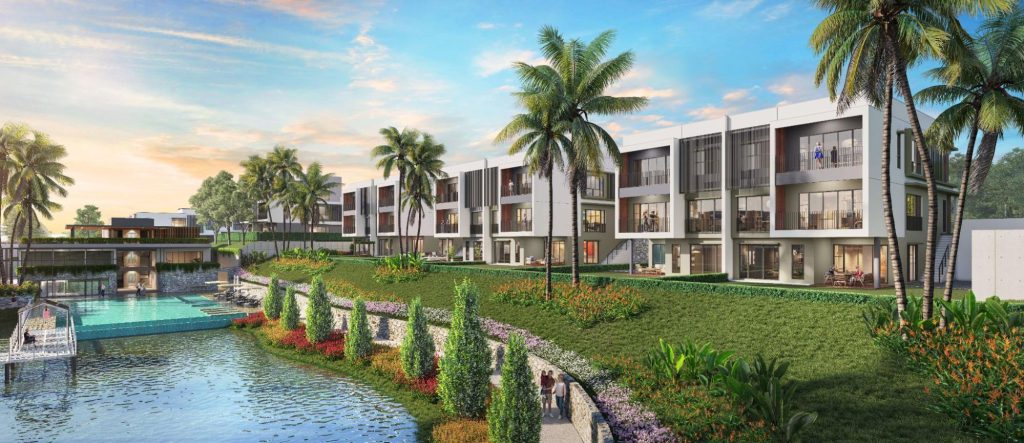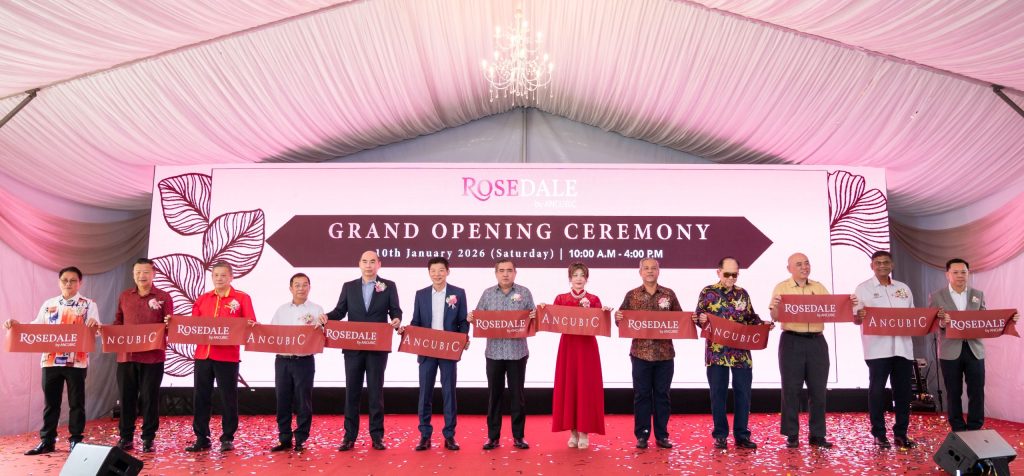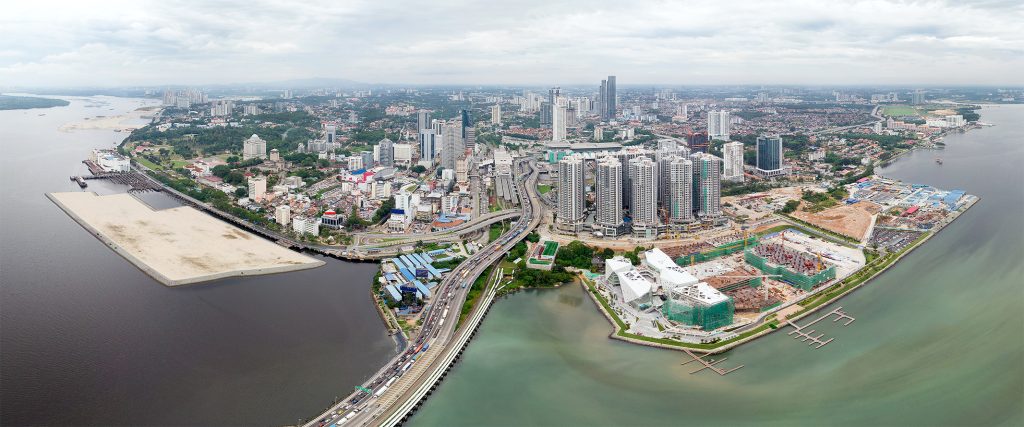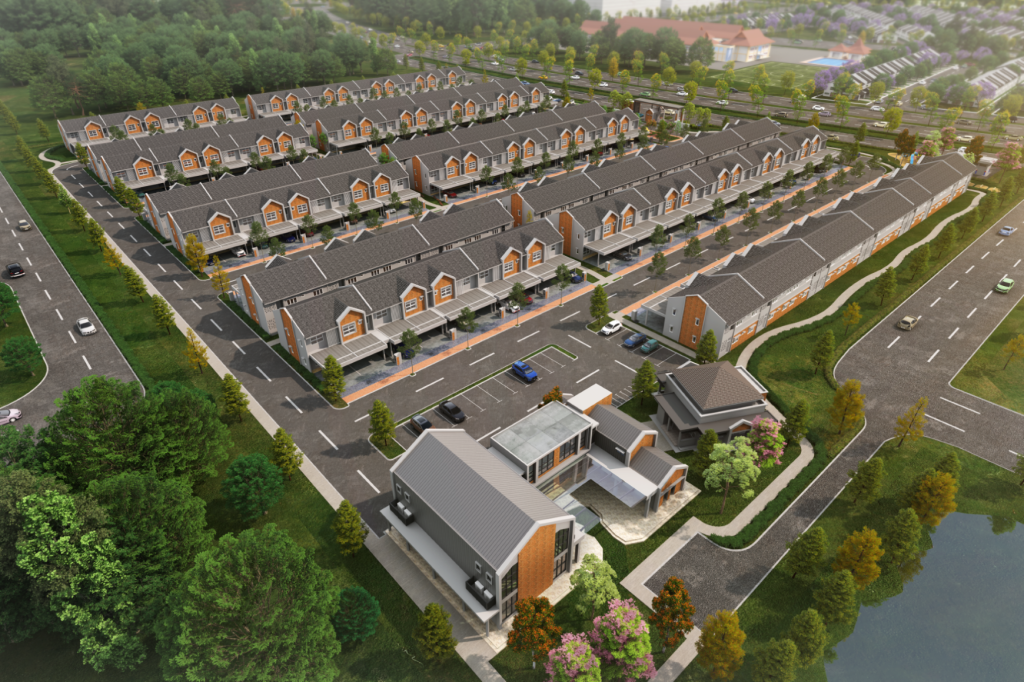Next year marks the 100th anniversary of the profession in Malaysia
Contributed by Sarly Adre Sarkum
The coming of the year 2023 is something much-awaited in the Malaysian architecture fraternity as it marks the 100-year celebration of the profession in the country as well as the 100th anniversary of the Malaysian Institute of Architects (PAM). The profession has indeed preceded the formation of the country and, of course, throughout history has left a clear and impactful impression throughout the development of the nation.
As part of the centenary celebration, PAM will be stretching its Kuala Lumpur Architecture Festival to a year-long event with the theme Next 100 which focuses on the continuation of the architectural profession excellence into the future and beyond as well as celebrating past achievements of the profession.
2023 is also a pivotal year in many respects. It marks the year that the construction industry is finally experiencing some real semblance of recovery from the disruption of the Covid-19 pandemic. It also marks a shift in many of the fundamental aspects of technology and legislation that will positively affect the profession. I would highlight three major aspects as commentary on the coming year as well as the coming future.
Advent of technology
The first aspect concerns technology. Architecture design and construction as a whole have been influenced by the advent of computerisation and all its iterations. In the early 2010s, we have seen the rise of parametricism with its vanguard proponents such as the late Zaha Hadid. Parametricism is based on the idea that a system can be trained on algorithms to become parametrically variable and mutually adaptive.
As an example, a building envelope can have fenestrations that change in size according to the solar alignment of the site. A façade facing the sun will perhaps have fewer openings to create shade as opposed to a façade facing away from the sun which will have significantly larger openings to let light in.
Today, in the 2020s, this is brought a step further with the advent of machine learning and artificial intelligence (AI). Imagine the AI can now be taught to design this façade based on previous iterations of buildings and case usage. AI and machine learning gives the architect the power to generate, optimise and iterate on many design permutations. This will greatly decrease the time involved in generating design and open up more avenues of creativity.
Menial but integral tasks such as the calculation of car parks, designing utilities and compliance with the building code will be done automatically. The AI can also be trained to design building permutations in a particular site or rearrange internal spatial usage as the building form is tweaked by the designer. AI tools such as Spacemaker, Digital Blue Foam, Hypar, Archistar and such are making these a reality.
Evidence of such future industry adoption of AI tools is evident in the purchase of the Spacemaker AI startup by the industry giant Autodesk at a whopping US$240mil in 2020. This is not accounting for the advent of conceptualisation and visualisation tools such as Stable Diffusion, Dall E2 and Nightcafe which makes illustrating an idea as easy as finding the right words to describe them. Truly this decade will continue to see rapid development in AI-based tools to aid architects and designers to push the boundaries of creativity.
Amendment to legislation
The second aspect is with regards to legislation. October this year saw the amendment to the Architects Act 1967 (Act117) which incorporates the mechanism for the Board of Architects Malaysia (Lembaga Arkitek Malaysia – LAM) to act as a stakeholder for fees charged by architecture firms. This creates an environment of more equitable fees for all architecture firms which will undoubtedly boost the quality of service and delivery efficacy.
A more equitable model for cash flow and fee management is required to ensure that the staff of firms are compensated accordingly. This will greatly reduce the current brain drain in the architectural fraternity due to competition with other more lucrative professions or pursuits as well as other more desirable locales such as countries with higher currency to Ringgit conversion rates. The whole idea of equitable distribution of fees is a macroeconomic issue that would spur the industry to be better.
Though some would argue that this would add to the cost of development. In reality, better-paid consultants will ensure that the proper amount of time will be spent on a project resulting in more well-designed and better value-aggregating projects. Better designed projects will also result in fewer errors and an overall decrease in implementation cost.
At times, the current trend of market forces pushing consultants to undertake too many projects to keep a healthy cash flow is often counterproductive and may, in the end, be detrimental to the quality of service of the consultant. The initial implementation of the said provision of the act is slated for 2023. Currently, LAM is ironing out the details and will issue the relevant circular to the industry in due time.
A changing environment
The final aspect, and perhaps the most important of all, is that of the Environment. As we reach the middle of the implementation of Sustainable Development Goals (SDGs) which were globally adopted in 2015 by 193 countries including Malaysia. This sets a global agenda for 2030 with 17 key goals, which are further defined by 169 SDG Targets and tracked by 232 unique Indicators.
Though the totality of the goals is too broad to describe in this short article, the gist of it is still based on the well-being of the planet and its people. Environmental concerns are fundamentally at the heart of the SDGs. The building industry plays a huge part in this. Globally, cities account for nearly 70% of all CO2 emissions. In Malaysia, efforts such as adopting the Green Building Index rating tool have done wonders in terms of reducing and providing measurable data on the reduction of environmental impact.
As of the date of this article, the Green building Index has rated 625 projects amounting to a floor area of 285 million sq ft. In terms of carbon reduction, this equates to 1,508,000 tonnes of CO2 equivalent prevented from being released into our atmosphere. With the advent of better measuring tools such as the MalaysiaGBC CarbonScore, we will be better able to gauge and affect the environmental performance of our buildings. We do not have a choice. As a nation, we need to pursue this agenda for the sake of our children’s future.
Stay ahead of the crowd and enjoy fresh insights on real estate, property development, and lifestyle trends when you subscribe to our newsletter and follow us on social media.




